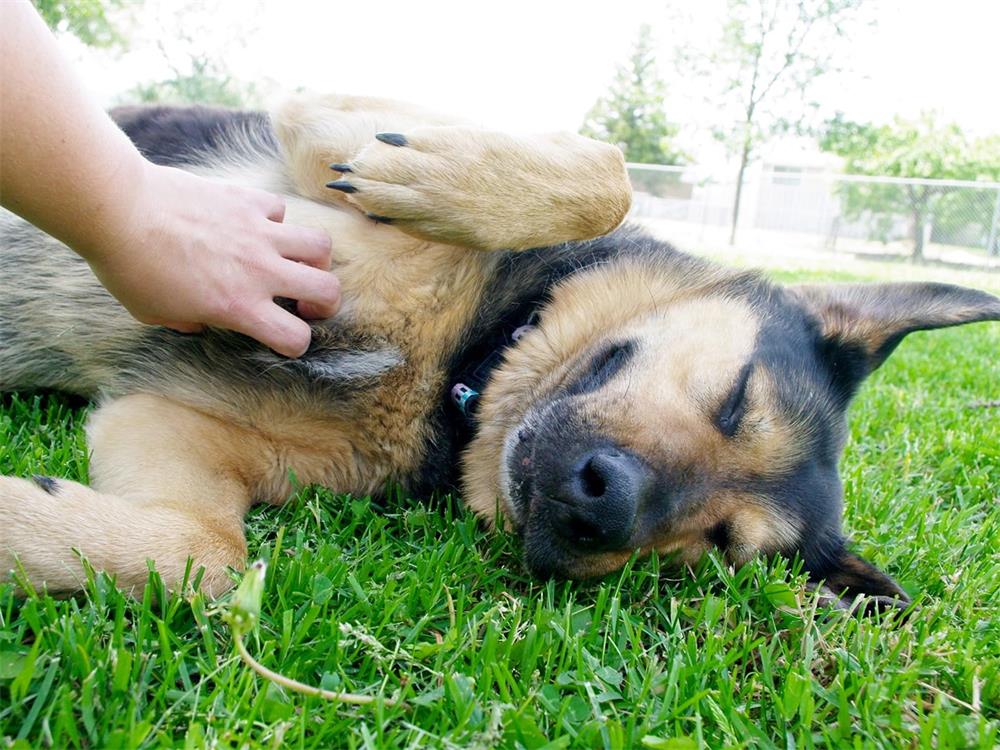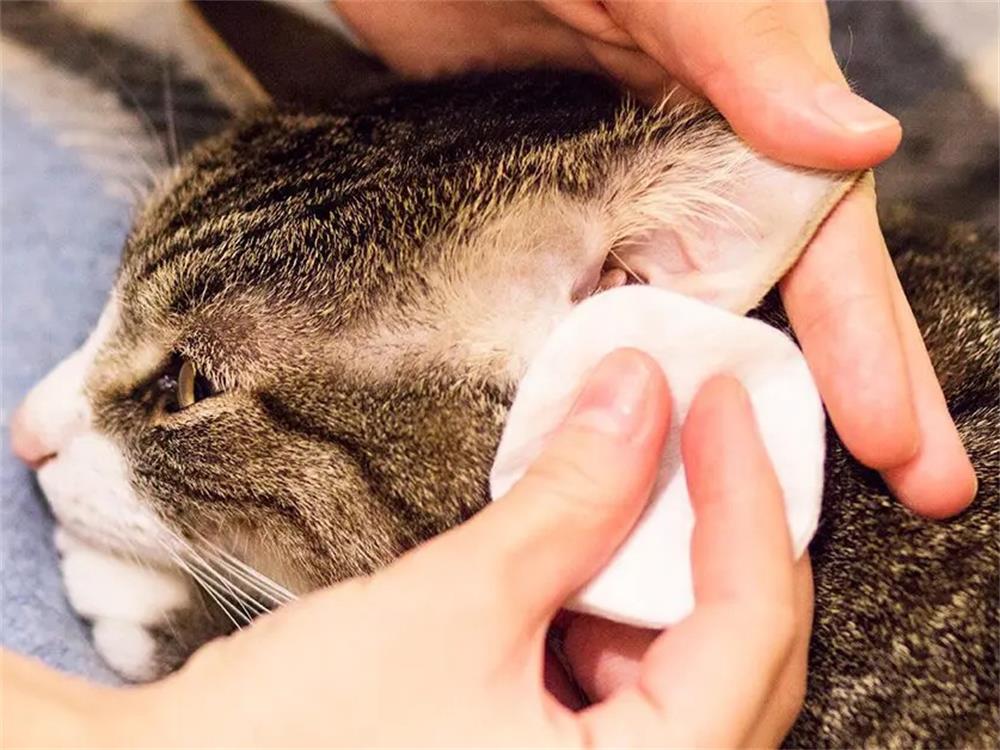Pets are more than just animals. They are our companions, our friends, and our family members. They deserve the best care possible, and that includes providing them with a balanced and nutritious diet that meets their specific needs.
But how do we know what our pets need? How do we choose the right food for them? And how do we avoid common pitfalls and misconceptions about pet nutrition?
In this article, we will explore some of the basics of pet nutrition, and offer some tips and advice on how to feed your pet well.
Protein
Protein is an essential nutrient for all animals, including dogs and cats. It provides the building blocks for cell growth, muscle repair, and general body maintenance. It also helps support the immune system and regulate various metabolic processes.
Dogs and cats need different amounts and types of protein, depending on their age, size, activity level, health condition, and breed. Generally speaking, cats need more protein than dogs, because they are obligate carnivores, meaning they must get most of their protein from animal sources. Dogs are more omnivorous, meaning they can get some of their protein from plant sources as well.
The quality of protein is also important. Protein quality is determined by the amino acid profile of the food, which is the proportion of essential and non-essential amino acids it contains. Essential amino acids are those that the animal cannot synthesize on its own, and must get from the diet. Non-essential amino acids are those that the animal can make from other sources.
Animal-based proteins, such as meat, eggs, fish, and dairy products, have a complete amino acid profile, meaning they contain all the essential amino acids that dogs and cats need. Plant-based proteins, such as grains, legumes, nuts, and seeds, have an incomplete amino acid profile, meaning they lack one or more essential amino acids.
Therefore, when choosing a pet food that contains plant-based proteins, it is important to make sure that it is supplemented with animal-based proteins or synthetic amino acids to provide a balanced diet.
One of the most important amino acids for cats is taurine. Taurine is found only in animal-based proteins, and cats cannot make it on their own. Taurine is essential for cats’ vision, heart function, reproduction, and digestion. A deficiency of taurine can cause serious health problems in cats, such as blindness, cardiomyopathy (heart disease), reproductive failure, and gastrointestinal disorders.
Therefore, when choosing a cat food, it is crucial to make sure that it contains adequate amounts of taurine from animal sources or synthetic supplements.
Fats
Fats are another essential nutrient for dogs and cats. They provide the main source of energy for the body, as well as essential fatty acids that have various functions in the body. Fats also help absorb fat-soluble vitamins (A, D, E, and K), insulate the body from heat and cold, protect the organs from injury, and enhance the palatability of food.
Fats can be classified into two main types: saturated and unsaturated. Saturated fats are solid at room temperature and tend to come from animal sources. Unsaturated fats are liquid at room temperature and tend to come from plant sources or fish oils.
Unsaturated fats can be further divided into monounsaturated and polyunsaturated fats. Polyunsaturated fats include omega-3 and omega-6 fatty acids, which are essential for dogs and cats. Omega-3 fatty acids have anti-inflammatory effects and support skin health, brain development, vision function, joint health, and cardiovascular health. Omega-6 fatty acids have pro-inflammatory effects and support skin health, hair growth, reproduction, and wound healing.
Dogs and cats need a balanced ratio of omega-3 to omega-6 fatty acids in their diet to maintain optimal health. The ideal ratio varies depending on the species, breed, age, and health condition of the pet, but generally ranges from 1:5 to 1:10 for dogs and 1:2 to 1:4 for cats.
Too much or too little of either type of fatty acid can cause problems, such as dry skin, dull coat, itching, inflammation, infection, and immune disorders.
Therefore, when choosing a pet food that contains fats, it is important to check the label for the source, type, and amount of fats it contains, and make sure that it provides a balanced ratio of omega-3 to omega-6 fatty acids.
Carbohydrates
Carbohydrates are another source of energy for dogs and cats, but they are not essential for their survival. Carbohydrates can be classified into two main types: simple and complex. Simple carbohydrates are sugars that are quickly digested and absorbed by the body, such as glucose, fructose, and lactose. Complex carbohydrates are starches and fibers that are slowly digested and absorbed by the body, such as grains, vegetables, and fruits.
Dogs and cats have different abilities to digest and utilize carbohydrates, depending on their evolutionary history and physiology. Dogs have a longer digestive tract and more enzymes to break down starches than cats, so they can handle moderate amounts of complex carbohydrates in their diet. Cats have a shorter digestive tract and fewer enzymes to break down starches than dogs, so they have a limited ability to digest complex carbohydrates and a high requirement for simple sugars.
Fiber is a type of complex carbohydrate that is not digested by the animal’s own enzymes, but by the bacteria in the intestine. Fiber can have various effects on the digestive health of dogs and cats, depending on the type and amount of fiber in the diet. Fiber can be classified into two main types: soluble and insoluble. Soluble fiber dissolves in water and forms a gel-like substance that slows down the passage of food through the intestine, which can help regulate blood sugar levels, lower cholesterol levels, and prevent diarrhea. Insoluble fiber does not dissolve in water and adds bulk to the stool, which can help speed up the passage of food through the intestine, which can help prevent constipation, reduce hairballs, and promote weight loss.
Dogs and cats need different amounts and types of fiber in their diet, depending on their age, size, activity level, health condition, and breed. Generally speaking, dogs need more fiber than cats, because they are more prone to obesity and gastrointestinal disorders. Cats need less fiber than dogs, because they are more prone to dehydration and urinary tract problems.
Therefore, when choosing a pet food that contains carbohydrates, it is important to check the label for the source, type, and amount of carbohydrates it contains, and make sure that it matches the needs of your pet.
Vitamins and Minerals
Vitamins and minerals are micronutrients that are needed in small amounts for various biochemical reactions and physiological functions in the body.
Vitamins and minerals can be classified into two main types: water-soluble and fat-soluble.
Water-soluble vitamins are dissolved in water and are easily excreted by the body, so they need to be replenished regularly. Fat-soluble vitamins are stored in fat tissues and are not easily excreted by the body, so they can accumulate to toxic levels if consumed in excess.
Dogs and cats need different amounts and types of vitamins and minerals, depending on their age, size, activity level, health condition, and breed. Generally speaking, dogs need more vitamins than cats, because they have a higher metabolic rate and a more varied diet. Cats need more minerals than dogs, because they have a higher urine concentration and a lower water intake.
Some of the most important vitamins and minerals for dogs and cats are:
- Vitamin A: essential for vision, skin health, reproduction, growth, and immunity. Too much vitamin A can cause bone problems, liver damage, and birth defects. Too little vitamin A can cause night blindness, dry skin, poor coat quality, reproductive failure, and increased susceptibility to infections.
- Vitamin D: essential for calcium absorption, bone health, muscle function, nerve function, and immunity. Too much vitamin D can cause hypercalcemia (high blood calcium levels), which can lead to kidney failure, heart problems, muscle weakness, and death. Too little vitamin D can cause hypocalcemia (low blood calcium levels), which can lead to rickets (bone deformities), osteomalacia (soft bones), muscle tremors, seizures, and death.
- Vitamin E: essential for antioxidant defense, cell membrane integrity, immune function, skin health, and reproduction. Too much vitamin E can interfere with blood clotting and cause bleeding disorders. Too little vitamin E can cause oxidative stress, cell damage, immune dysfunction, skin problems, reproductive failure, and muscle degeneration.
- Vitamin K: essential for blood clotting, bone health, liver function, and metabolism. Too much vitamin K can cause hemolytic anemia (destruction of red blood cells) or hyperbilirubinemia (high blood levels of bilirubin). Too little vitamin K can cause bleeding disorders or hemorrhagic disease (excessive bleeding).
- Vitamin B complex: a group of eight vitamins that are essential for energy production, nerve function, red blood cell formation, DNA synthesis, enzyme activity, hormone regulation, appetite stimulation, skin health, and immunity. Too much vitamin B complex can cause nerve damage or skin lesions. Too little vitamin B complex can cause anemia (low red blood cell count), neurological disorders (such as seizures or paralysis), dermatitis (skin inflammation), glossitis (tongue inflammation), anorexia (loss of appetite), weight loss
- Calcium: essential for bone health, teeth health, muscle contraction, nerve transmission, blood clotting, and hormone secretion. Too much calcium can cause hypercalcemia (high blood calcium levels), which can lead to kidney stones, urinary tract problems, heart problems, muscle weakness, and death. Too little calcium can cause hypocalcemia (low blood calcium levels), which can lead to osteoporosis (bone loss), dental problems, muscle spasms, seizures, and death.
- Phosphorus: essential for bone health, teeth health, energy production, DNA synthesis, acid-base balance, and kidney function. Too much phosphorus can cause hyperphosphatemia (high blood phosphorus levels), which can lead to soft tissue calcification, kidney damage, bone loss, and death. Too little phosphorus can cause hypophosphatemia (low blood phosphorus levels), which can lead to bone fractures, muscle weakness, anemia, appetite loss, weight loss, and death.
- Magnesium: essential for bone health, muscle function, nerve function, enzyme activity, and energy production. Too much magnesium can cause hypermagnesemia (high blood magnesium levels), which can lead to muscle weakness, respiratory depression, cardiac arrest, and death. Too little magnesium can cause hypomagnesemia (low blood magnesium levels), which can lead to muscle tremors, seizures, arrhythmias (irregular heartbeats), and death.
- Sodium: essential for fluid balance, nerve function, muscle function, and acid-base balance. Too much sodium can cause hypernatremia (high blood sodium levels), which can lead to dehydration, thirst, confusion, seizures, coma, and death. Too little sodium can cause hyponatremia (low blood sodium levels), which can lead to water intoxication, edema (fluid accumulation), nausea, vomiting, headache, lethargy, seizures, coma
- Potassium: essential for fluid balance nerve function muscle function and acid-base balance. Too much potassium can cause hyperkalemia (high blood potassium levels) which can lead to muscle weakness paralysis arrhythmias cardiac arrest and death. Too little potassium can cause hypokalemia (low blood potassium levels) which can lead to muscle weakness cramps arrhythmias cardiac arrest and death.
Therefore, when choosing a pet food that contains vitamins and minerals, it is important to check the label for the source, type, and amount of vitamins and minerals it contains, and make sure that it provides the optimal levels for your pet.
Water
Water is the most important nutrient for dogs and cats, as it is involved in every aspect of their body functions. Water helps regulate body temperature, transport nutrients and waste products, lubricate joints and tissues, and maintain blood pressure and volume.
Dogs and cats need different amounts of water, depending on their age, size, activity level, health condition, and breed. Generally speaking, dogs need more water than cats, because they lose more water through panting and sweating. Cats need less water than dogs, because they have a more concentrated urine and a lower water intake.
The amount of water your pet needs also depends on the type of food they eat. Dry food contains about 10% water, while wet food contains about 75% water. Therefore, if your pet eats dry food, they will need more water from other sources, such as drinking bowls or fountains. If your pet eats wet food, they will get most of their water from their food, but they still need access to fresh water at all times.
The quality of water is also important for your pet’s health. Water should be clean, fresh, and free of contaminants, such as bacteria, chemicals, or heavy metals. You should change your pet’s water daily, and wash their bowls or fountains regularly. You should also avoid giving your pet tap water that has been treated with chlorine or fluoride, as these substances can have adverse effects on your pet’s health.
Therefore, when providing water for your pet, it is important to make sure that it is adequate in quantity and quality.
Conclusion
In conclusion, pet nutrition is a complex and dynamic topic that requires careful consideration and research. There is no one-size-fits-all solution for feeding your pet well. You need to take into account your pet’s individual needs and preferences, as well as the quality and quantity of the food and water you provide.
The best way to ensure that your pet gets the optimal nutrition they need is to consult with your veterinarian or a certified pet nutritionist. They can help you choose the right food for your pet based on their age, size, activity level, health condition, and breed. They can also help you monitor your pet’s weight and body condition score, and adjust their diet accordingly.
Remember that feeding your pet well is not only about providing them with the right nutrients, but also about creating a positive and enjoyable experience for both of you. You can use food as a way to bond with your pet, reward their good behavior, and enrich their environment. You can also vary their food choices and offer them different textures and flavors to stimulate their senses and prevent boredom.
By following these tips and advice, you can help your pet live a long, healthy, and happy life.







